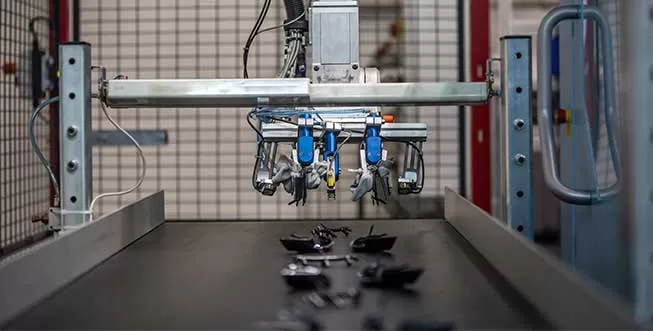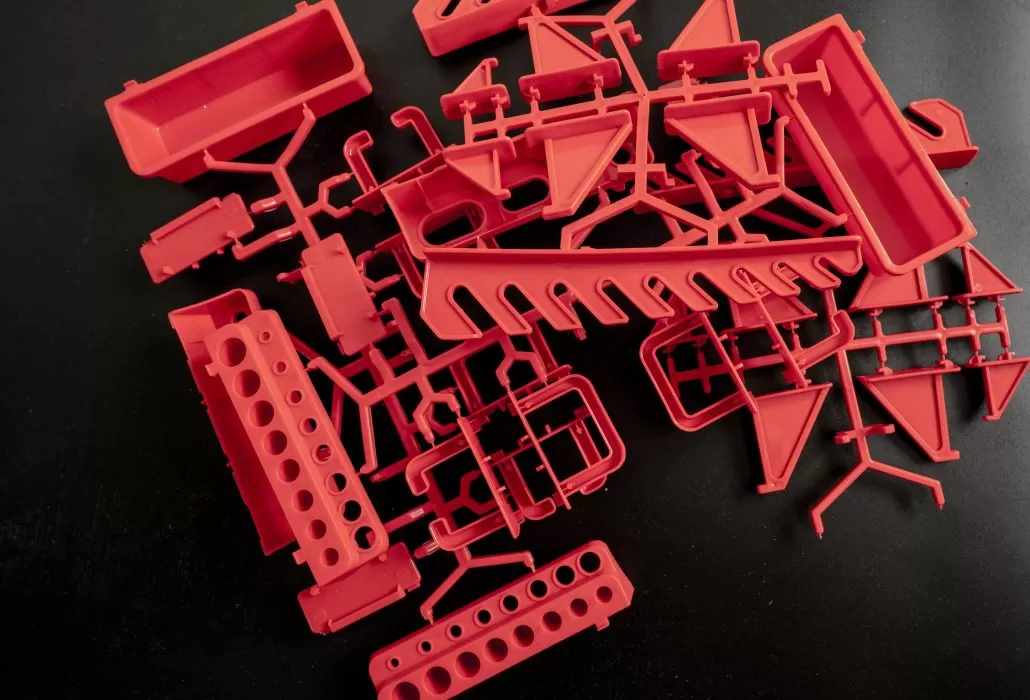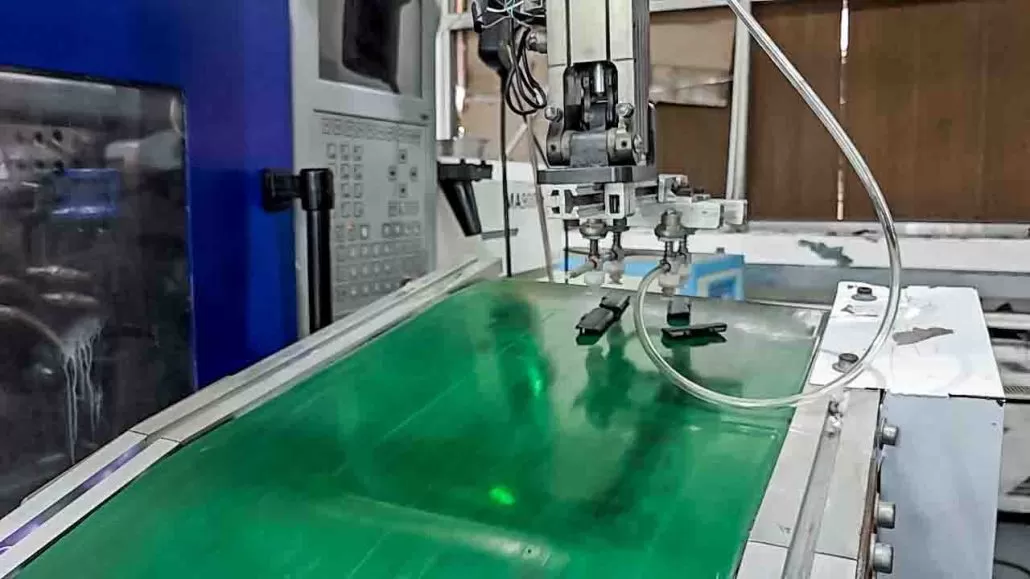If you are looking for high-quality customized injection molding services, the first question that comes to mind is “What is the cost. The fact is that no size fits all answers, as the cost of custom injection molding can vary greatly depending on several factors.
In this informative and persuasive article, we will explore the different factors that affect the cost of custom injection molding and offer some tips that can help you reduce costs without compromising on quality.
What is Injection Molding?
What is injection molding?Custom injection molding is a manufacturing process that involves producing products from thermoplastic or thermosetting materials using an injection molding machine. The process involves melting the material and then injecting it into a mold in the shape of the desired product. Once the material has cooled, the mold is opened, and the finished product is ejected.
Custom injection molding is a highly precise and efficient process that is used to produce a wide range of products, from plastic toys to medical devices and automotive components.
The Basics of Injection Molding Cost
The cost of injection molding consists of both fixed and variable expenses. The largest fixed cost is the mold itself, which can range from a few thousand dollars for a simple mold to over $100,000 for a complex, multi-cavity mold. However, the cost of the mold is spread out over the production run, so the per-part cost decreases as quantity increases. The variable costs include things like material, labor, and overhead expenses.
Factors that Affect Injection Molding Cost
1.Mold Design
The design of the mold is a critical factor in determining the final cost of an injection molding project. Molds can be simple or complex, and the more complex the mold, the higher the cost will be. A mold with multiple cavities, for example, will be more expensive than a single-cavity mold.
2.Mold Material
The material used to make the mold can also impact the cost. Steel molds are more expensive than aluminum or composite molds, but they can also produce more parts before needing to be replaced.
3.Part Size and Complexity
Generally, smaller and less complex parts will be less expensive to produce than larger, more complex parts. The number of cavities in the mold can also affect the cost – more cavities mean more parts can be produced in each molding cycle, reducing the per-part cost.
4.Material Selection
The material used for molding will impact the cost as well. Different types of plastics have different costs, and some materials are better suited for certain applications than others. Material selection will depend on factors such as the part’s required stiffness, durability, and heat resistance.
5.Production Volume
As mentioned earlier, the larger the production volume, the lower the per-part cost will be. However, it’s important to balance production volume with demand – producing more parts than you need can lead to unnecessary expenses.

6.Labor Costs
The cost of labor will depend on the complexity of the part and the skill level of the workers needed. It’s important to keep in mind that labor costs can vary greatly when working with custom injection molding.
7.Shipping and Overhead Expenses
Additional costs to consider include shipping and overhead expenses, such as electricity, rent, and insurance.
Injecting Molding Cost Calculators: How to Save Money on Your Next Project
As an engineer or product designer, cost is always at the forefront of your mind. You need to know how much it will cost to produce your product, and how you can keep costs as low as possible. Despite this, it can be challenging to estimate injection molding costs accurately. Fortunately, injection molding cost calculators are a valuable tool that can help you make accurate estimates and save you money.
We’ll provide some insights into how injection molding cost calculators work and what factors they take into account. You’ll learn how to use them to make informed decisions about injection molding costs and how to take advantage of their benefits. Finally, we’ll provide some tips on how to minimize injection molding costs, so you can keep your project within budget.
How Injection Molding Cost Calculators Work
Injection molding cost calculators are online tools that allow you to estimate injection molding costs accurately. They take into account factors such as part size, complexity, material type, and production volume. Some calculators ask for additional information, such as mold design, runner system, and cycle time, to provide a more accurate estimate.
Once you’ve entered the required information, the calculator will generate a price estimate. The estimate may include the cost of the mold, the cost of the material, and the production cost per part. Some calculators also provide a breakdown of the cost of each component. The calculator’s result will give you an idea of how much your injection molding project will cost and allow you to make informed decisions about your budget.
Tips to Minimize Injection Molding Costs
While injection molding cost calculators are a valuable tool, there are some additional steps you can take to minimize injection molding costs. Here are a few tips:
1.Optimize Your Part Design
A well-designed part will require less material and fewer production steps, leading to lower costs.
2.Select the Right Material
Choosing the right material can affect the cost of your project significantly. Work with your molding partner to determine the best material for your project.
3.Optimize Your Production Volume
Higher production volumes can lower the cost per part, reducing your overall project costs.
4.Choose the Right Molding Partner
A reputable and experienced molding partner can help you optimize your project design, select the right material, and provide cost-effective production solutions.
Injection molding cost calculators are a valuable tool that can help you save money on your next injection molding project. By providing accurate cost estimates, you can make informed decisions about your project budget. In addition to using cost calculators, optimizing your part design, selecting the right material, optimizing your production volume, and choosing the right molding partner can all help you reduce your injection molding costs.
Types of Costs in Injection Molding
In this section, we will provide you with comprehensive information on various types of costs in injection molding. We will discuss all aspects of injection molding costs in detail, including how they can affect your business and what you can do to reduce them.
So, let’s dive into the world of injection molding costs!
When it comes to injection molding, there are several types of costs you should be aware of. Here are the main ones:
1.Material Costs
The cost of raw materials used in injection molding is one of the most significant factors affecting the overall costs of injection molding. The price of materials can vary depending on the quality, size, and quantity ordered.
2.Labor Costs
The cost of providing labor during the injection molding process is another important factor affecting the overall cost. The labor costs include the salaries of machine operators, maintenance staff, and other employees working in the plant.
3.Energy Costs
The cost of energy used for injection molding is also a significant factor affecting the overall costs. The cost of energy can vary depending on the type of production process, temperature control settings, and other factors.
4.Equipment Costs
The cost of purchasing and maintaining equipment used in injection molding is another significant cost factor.
5.Tooling Costs
The cost of designing, developing, and manufacturing the molds used in injection molding is another essential cost factor.
6.Overhead Costs
Overhead costs include all costs not directly associated with the injection molding process. These costs include rent, insurance, taxes, and other expenses.
Now that we have identified the main types of costs in injection molding, let’s look at how you can reduce them:

Reducing Injection Molding Costs
1.Reducing Material Costs
You can reduce material costs by sourcing materials directly from suppliers or ordering in bulk. Properly selecting material can also help reduce wastage, which can lead to significant cost savings.
2.Automating Processes
Many injection molding processes can be automated to reduce labor costs. Investing in automation can help reduce labor costs while also improving efficiency.
3.Efficient Energy Use
Conserving energy and optimizing the use of machines can help significantly reduce energy costs.
4.Regular Maintenance
Proper maintenance of machines can help reduce downtime and the need for expensive repairs. This can greatly reduce equipment costs.
5.Improving Quality
Improving product quality can reduce wastage and reduce the need for costly reworking.
Closing Thoughts
In conclusion, understanding the different types of costs in injection molding can help you identify areas where you can reduce costs. By adopting strategies such as automating processes, efficient energy use, and improving product quality, you can reduce costs significantly and achieve higher levels of business efficiency.
We hope this article has provided you with useful information on reducing injection molding costs. If you have any further questions or would like to discuss your injection molding needs, please contact us today!

Why Quality Custom Injection Molding Matters
While cost is an important factor to consider when choosing a custom injection molding service, quality is equally critical. High-quality custom injection molding processes ensure that products are produced precisely and accurately within specification, giving you a product that meets your specific needs.
Quality custom injection molding also ensures that products are made to last, minimizing the cost of replacing parts and reducing losses due to product failure. Additionally, high-quality custom injection molding ensures that your product is consistent and uniform, ensuring that your brand is represented by products that meet your high standards.
Choosing the Right Custom Injection Molding Service
When choosing a custom injection molding service, there are several key factors to consider:
1.Experience
Look for a service with many years of experience in the industry. This ensures that they have the knowledge and expertise necessary to produce high-quality products.
2.Equipment and Technology
The use of modern equipment and technology is critical in ensuring that products are produced accurately and consistently.
3.Cost
While cost is important, it should not be the only consideration. Look for a custom injection molding service that offers competitive pricing while maintaining the quality of their products.
4.Customer Service
Having a partner who values your success is critical in ensuring that you receive the support you need to succeed.
In conclusion, custom injection molding is an essential process in the manufacturing industry. While cost is a significant factor, choosing the right custom injection molding service means selecting a partner who values quality and customer satisfaction. By considering the factors discussed in this article, you can find the right custom injection molding service that meets your needs and supports your success.


